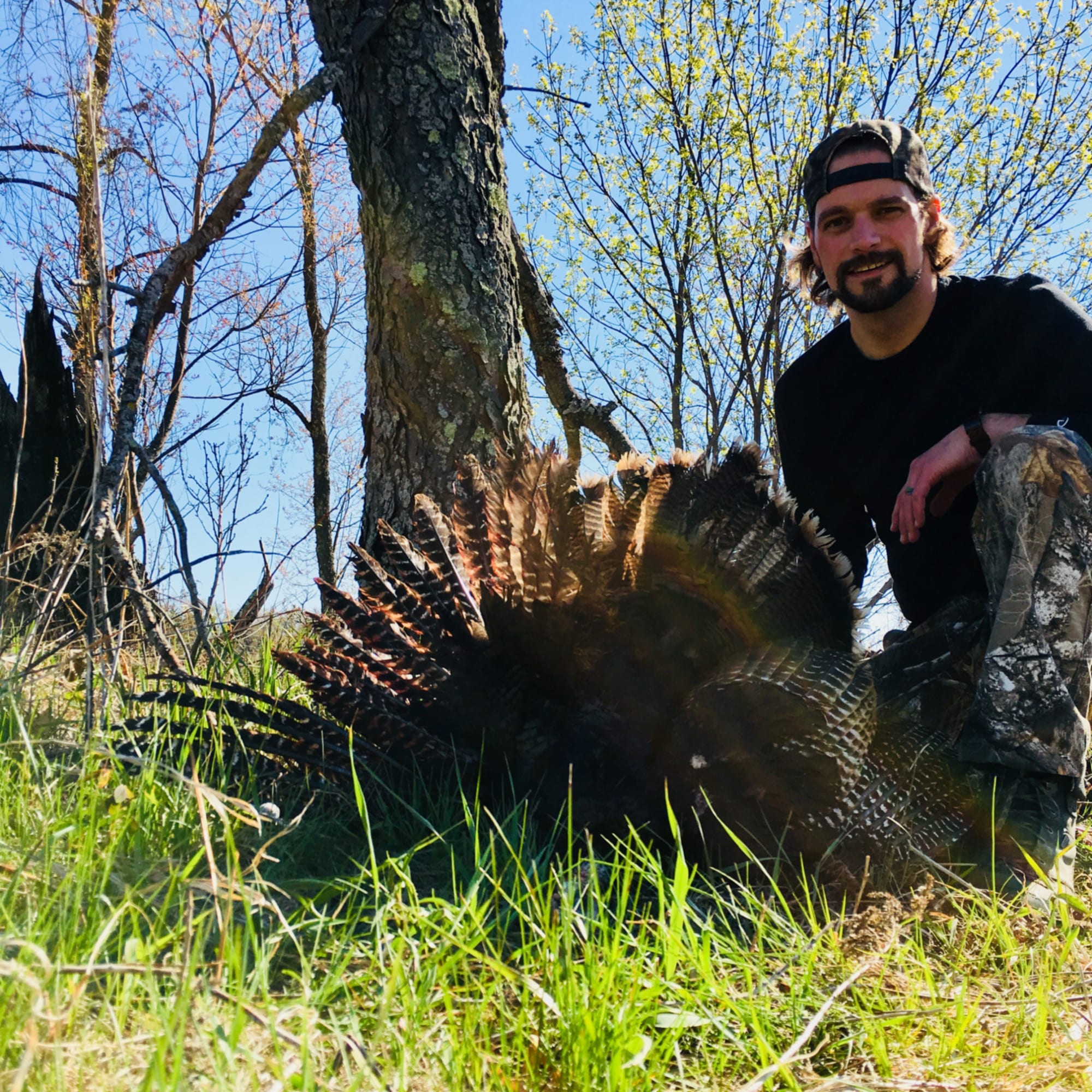How to Archery Hunt for Turkeys
I can’t think of a better way to spend a mid-April morning than waking up at 3:00am, creeping out to the turkey woods or edge of a field and waiting to hear those first explosions of gobbles. You may be picturing a hunter sitting with their back to a tree, shotgun balanced atop a bended knee, with a box call at the ready. While we can all agree firearm hunting for turkeys is the most effective manor of harvest, archery hunting for spring gobblers has become increasingly popular for several reasons. Some of which include increased challenge, extended seasons, and the approachability a bow and arrow offers some hunters vs a firearm. During this Modern Carnivore Series I will give you some tips and tricks on how to archery hunt for turkeys.
There’s no sugar coating it, archery hunting for turkeys is no easy feat. It takes patience, dedication, a lot of equipment, and enough skill with a bow and arrow to hit a very small set of vitals. With that being said, archery hunting for turkeys is a world of challenge and excitement. It will get your heart pumping, and just may keep granddaddy’s ole’ shotgun in the safe until next waterfowl season. In this series, I’ll outline some tips and gear you’ll want to consider to get started with your bow this next turkey season.
How to Choose a Bow
If you currently bow hunt for whitetails or other large game, choosing the right bow will be easy. You can use the same bow for turkey season. Any bow that you have used or would use to take big game can easily take down a turkey. If you don’t yet own a hunting bow, I recommend stopping in at your local archery pro shop and speaking with a salesperson about a bow that will work best for your intended use. Archery equipment needs to fit the shooter to be effective so working with a professional is an important start to choosing a bow.
Before hitting the field with your bow, something to consider is your draw weight. Since a turkey is much smaller than other large game, you won’t need nearly as much kinetic energy as you may a whitetail, elk, or bear. While draw length and arrow weights play a part in energy, chances are any compound bow with a draw weight of 35 pounds to 50 pounds is enough.
“Draw weight – the amount of force needed to draw a bow”
Draw weight won’t only determine the speed of your arrow, but also the “shootability” of your bow under pressure. Turkeys have excellent vision at a radius of 270 degrees. So, you’ll need to easily draw back without exaggerated movement or effort. Keep in mind you’ll be shooting at a much closer distance than most big game. The nature of hunting turkeys may put a gobbler 5 yards in front of your blind, with most typical shots ranging from 10-20 yards. The range in which you hope to shoot depends on a number of factors we’ll dive into later. Bottomline, be prepared to draw smooth and slow with minimal movement, release your arrow to a precise target on the turkey, and hope that your broadhead does what it is meant to do.
During the next installment, we’ll dive into the groups of broadheads used to hunt turkeys and why you may select one style over another.



Share this: